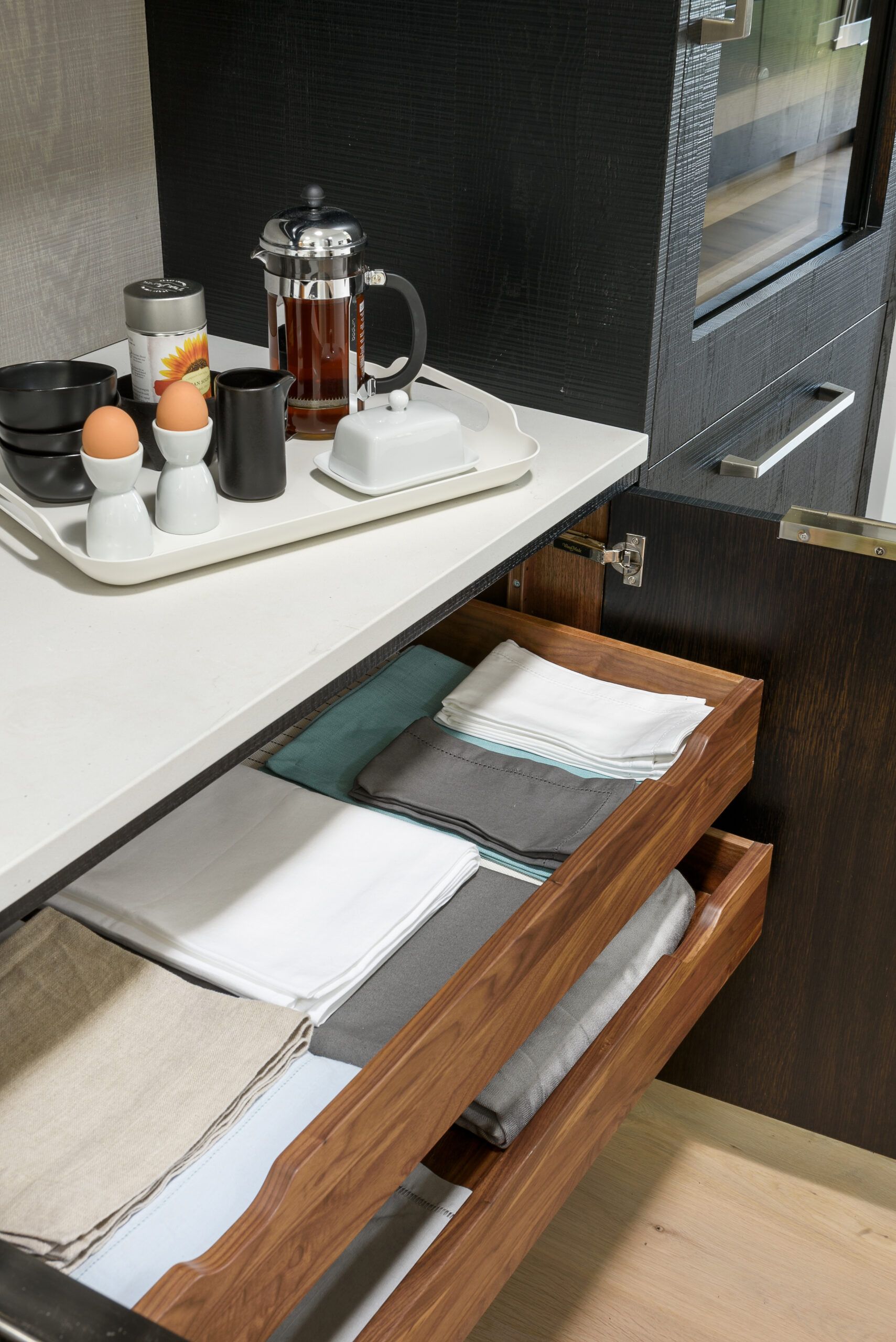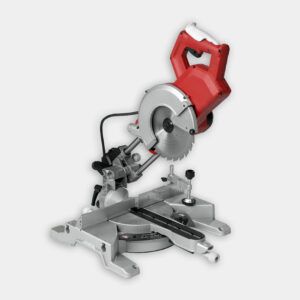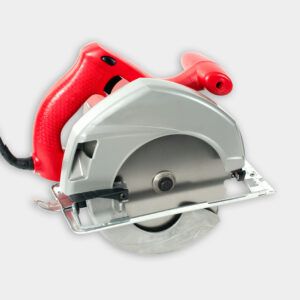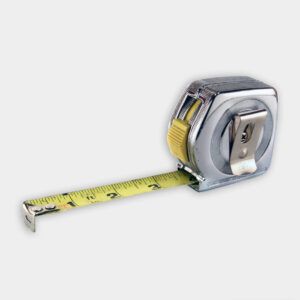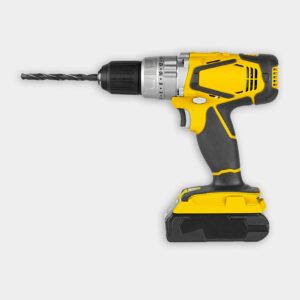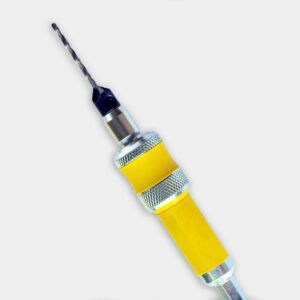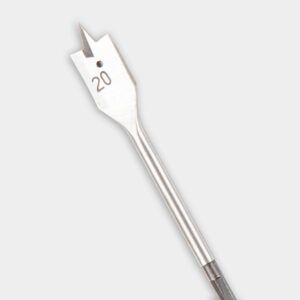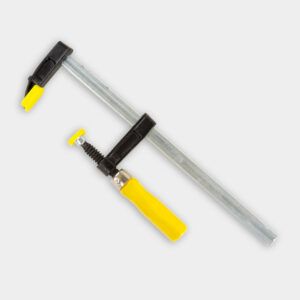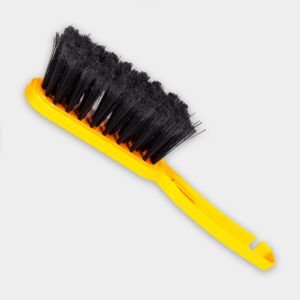We may be compensated if you purchase through links on our website. Our team is committed to delivering honest, objective, and independent reviews on home products and services.
Project details
Skill
Cost
Estimated Time
A pull-out kitchen shelf resembles a shallow drawer that glides out for easy access to items stored in the back of a base cabinet. In many cases, you can replace a traditional shelf with one of these designs to make your cabinets easier to use.
In this guide, This Old House master carpenter Norm Abram shares a simplified, straightforward design that DIY-savvy homeowners can construct with ordinary tools. Learn how to install a pull-out kitchen shelf below.
Pull-Out Shelves Project Overview
These shallow drawers, mounted on full-extension slides, eliminate the need to rummage through the back of dark cabinets on your hands and knees. The process of building and installing a retrofit pull-out shelf is straightforward, as demonstrated by Norm.
Our shelf was built for a standard 24-inch-deep by 33-inch-wide base cabinet, but its design is adaptable to virtually any size cabinet. It has a 1×4 pine frame and 3/4-inch birch plywood bottom. This combination provides durability and a smooth surface for storing various kitchen items. You can cut the sides of the drawer using a power miter saw or a backsaw in a miter box, while using a circular saw to cut the bottom or pre-cut pieces at the lumberyard.
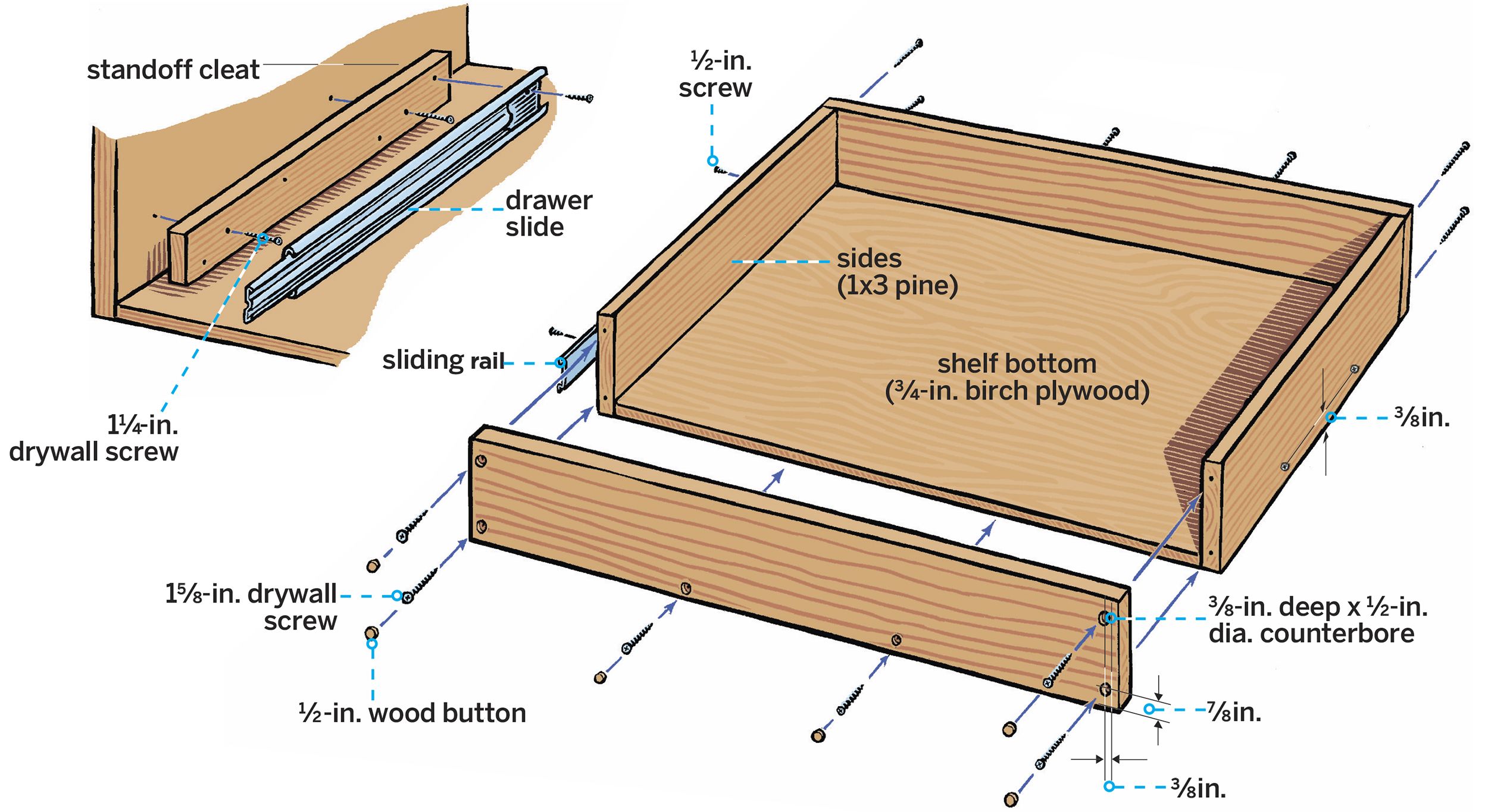
One of the key advantages of building your own pull-out shelves is the ability to customize them to fit your exact cabinet dimensions. High-quality construction can also support more weight–over 100 pounds with full-extension slides. Another advantage is that you can tailor the design, finish, and hardware to match your kitchen.
Tools and Materials Needed to Build a Pull-Out Kitchen Shelf
Here are the tools you’ll need to build and install a pull-out kitchen shelf.
The other main component you’ll need is plywood to build the drawer. We recommend going with birch wood as an ideal combination of beauty, strength and price.
If you’re only building one or two shelves, you can save some money by going to a home center or lumberyard that sells quarter or half sheets of plywood. And in most cases, they’ll even cut the plywood to your dimensions.
How to Install Sliding Shelves In Kitchen Cabinets
Follow these steps to build and install your own pull-out kitchen shelves.
1. Measure the Cabinet
Before beginning construction, take accurate measurements to ensure your pull-out shelf fits perfectly and functions smoothly. The overall depth of the shelf (front to back) should match the length of your drawer slides. Follow these steps.
- Open the cabinet door and position a drawer slide, with the inner rail extended, as close to the door hinge as possible without touching.
- Measure the space between the cabinet side and the back of the drawer slide to determine the thickness of the cleats you’ll need.
- Rip two 2-inch-high cleats from plywood or 1x3s, matching the length of your drawer slides.
- Position the cleats against opposite sides of the cabinet and measure between them.
- Subtract 1 inch from this measurement to account for the thickness of the drawer slides. This will give you the overall width of your shelf, including the pine frame.
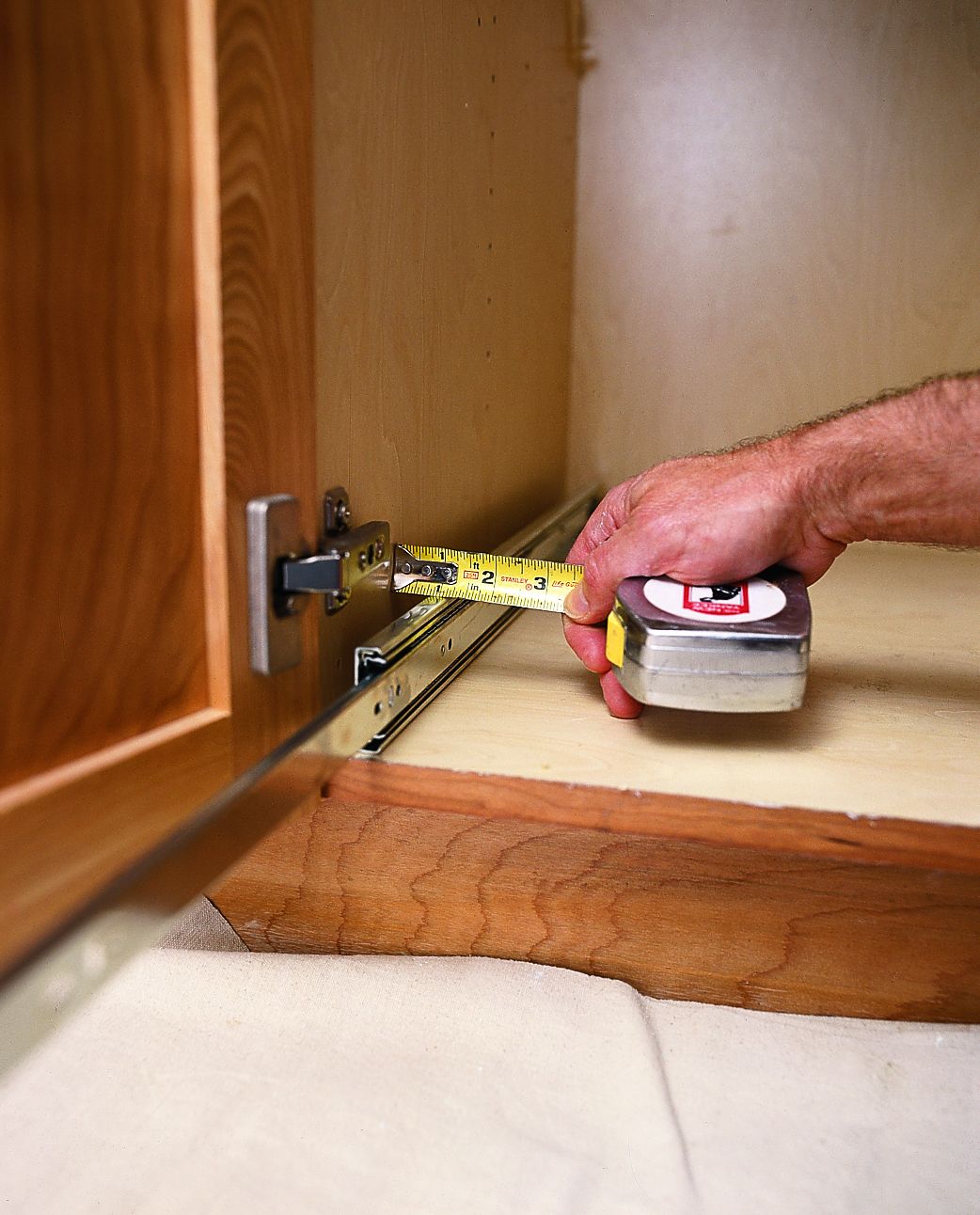
2. Build the Drawer
Now that you have your measurements, it’s time to construct the drawer.
- Subtract 1 1/2 inches from both the shelf’s width and depth to determine the dimensions of the plywood bottom.
- Cut the bottom from 3/4-inch birch plywood using a circular saw.
- Cut four 1x3s for the frame using a power or hand miter saw. The side pieces should match the front-to-back length of the plywood bottom, while the front and back pieces should be 1 1/2 inches longer to cover the side pieces.
- Clamp the side and back pieces to the plywood bottom, ensuring the bottom edges are flush.
- Use a combination countersink bit to drill pilot holes through the 1x3s and into the plywood every 8 to 10 inches.
- Drill two additional holes through each end of the back piece where it will overlap the side pieces.
- Fasten the side pieces to the bottom using wood glue and 1 5/8-inch drywall screws.
- Glue and screw the back frame piece to the plywood bottom and into the attached sides.
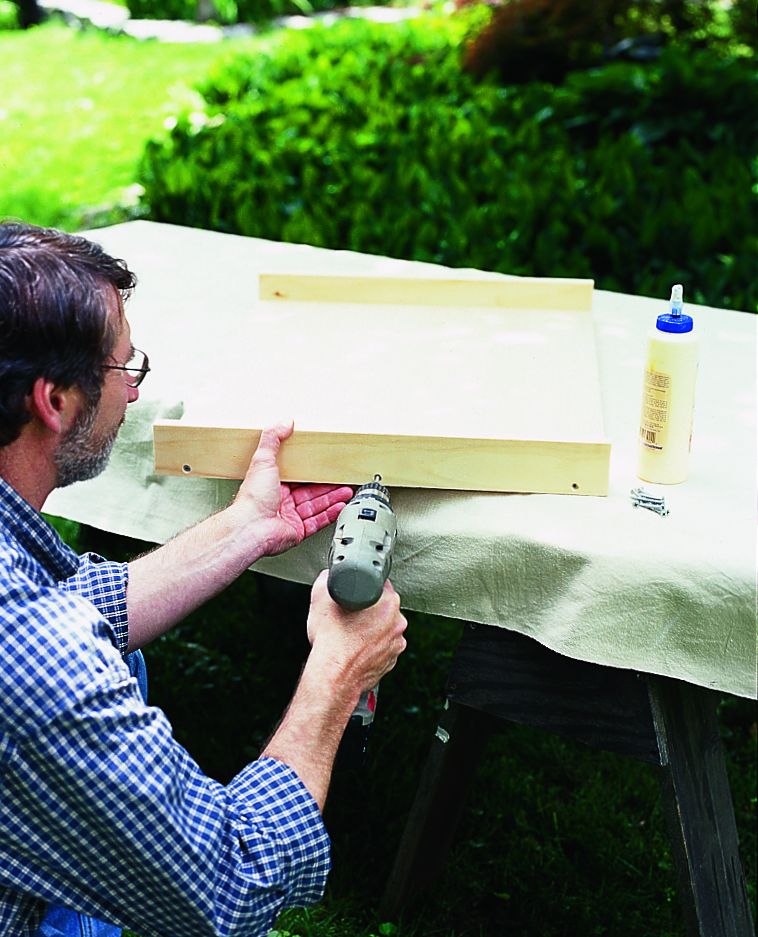
3. Finish the Drawer Front
Finish the drawer front for a professional look.
- Use a 1/2-inch-diameter spade bit to drill 1/4-inch-deep counterbore holes along the bottom and at the ends of the front piece, following the same pattern as the back piece.
- Clamp the front to the assembled shelf and drill pilot holes through the counterbore holes into the plywood and 1×3 sides using the countersink bit.
- Remove the clamp, then glue and screw the front to the sides and bottom using 1 5/8-inch drywall screws.
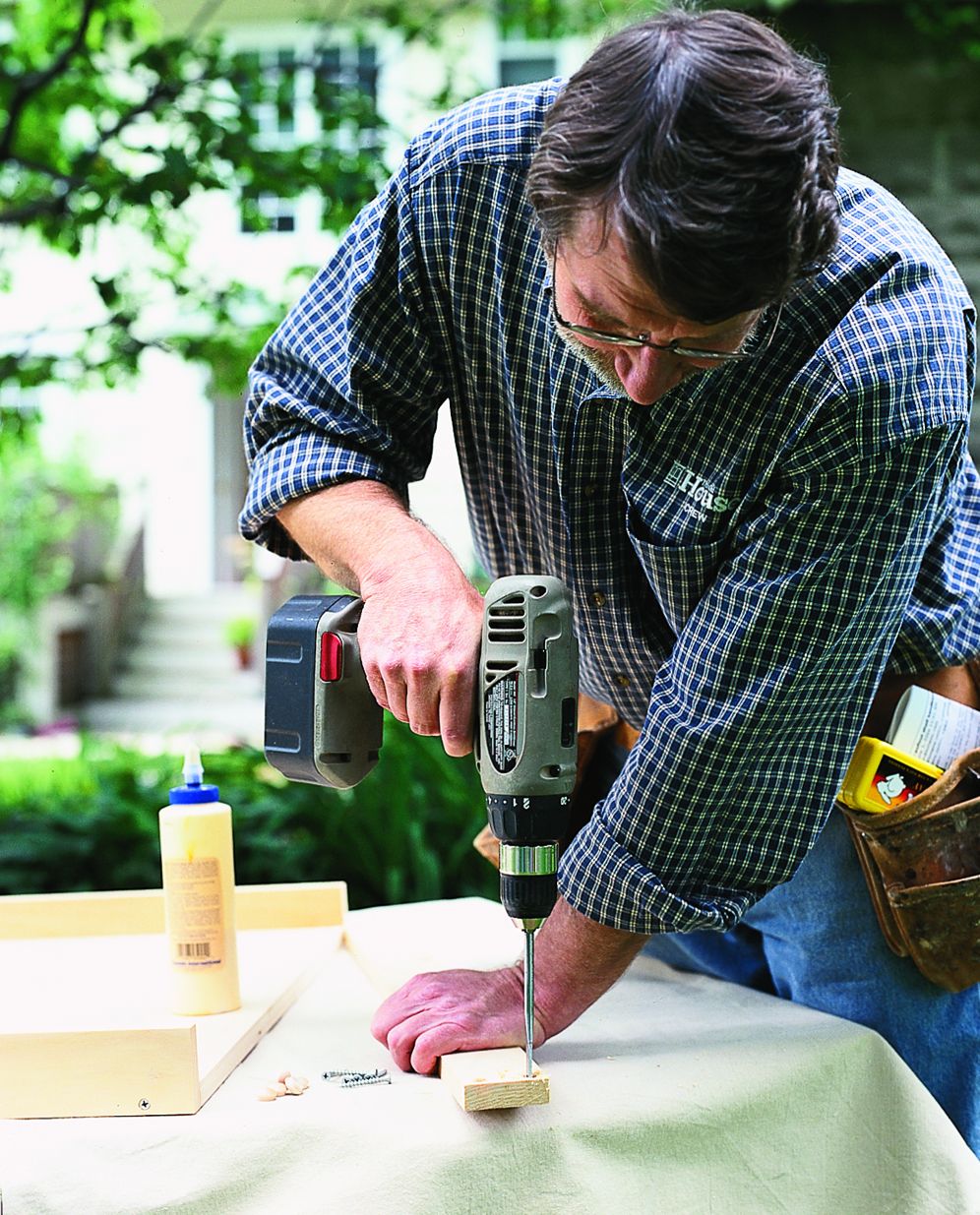
4. Conceal the Screw Heads
Next, hide the screw heads on the front of the drawer. Glue 1/2-inch-diameter wood buttons into the counterbore holes along the front. Choose wood buttons that match or complement your 1×3 pine frame. Birch buttons work well, but oak, cherry, and walnut options are also available for different aesthetic preferences.
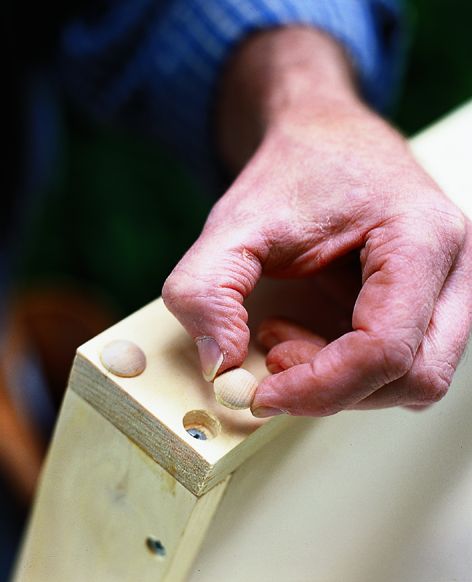
5. Spray on a Lacquer Finish
Applying a durable finish will protect your pull-out shelf and enhance its appearance. Keep a clean cotton cloth nearby to quickly address any drips or runs in the lacquer finish.
- Sand the assembled shelf thoroughly with 120-grit sandpaper to ensure a smooth surface.
- Remove all sanding dust using a tack cloth or slightly damp rag.
- Move the shelf outdoors for finishing to ensure proper ventilation.
- Put on safety glasses and a dual-cartridge respirator for protection.
- Apply a thin, even coat of spray lacquer to the entire shelf.
- Allow the lacquer to dry for about 30 minutes, then lightly sand the shelf with 180-grit sandpaper.
- Wipe off any sanding dust and apply a second coat of lacquer for added durability.
6. Mount the Slides to the Cabinet
For easier installation, consider removing the cabinet doors temporarily. Follow these steps.
- Remove the sliding drawer rail section from each slide before installation.
- Cut two 1/8-inch-thick shims from Masonite or cardboard and place them on the cabinet floor to elevate the cleats and slides slightly.
- Position one cleat on top of the shims against the cabinet side and secure it with 1 1/4-inch screws.
- Place the drawer slide on top of the shims against the cleat and fasten it to the cleat using the provided screws.
- Repeat the process on the opposite side of the cabinet.
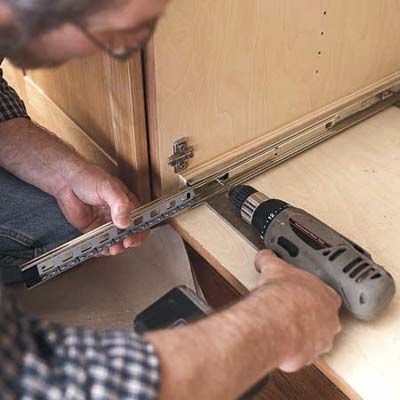
7. Fasten the Slides to the Shelf
Attach the slides to the shelf for proper alignment and function.
- Take one of the sliding-rail sections removed earlier and position it against the side of the pull-out shelf.
- Align the end of the rail flush with the front of the shelf, leaving a small gap from the bottom as specified in the manufacturer’s instructions.
- Attach the rail to the shelf using the provided screws.
- Repeat the process on the opposite side of the shelf.
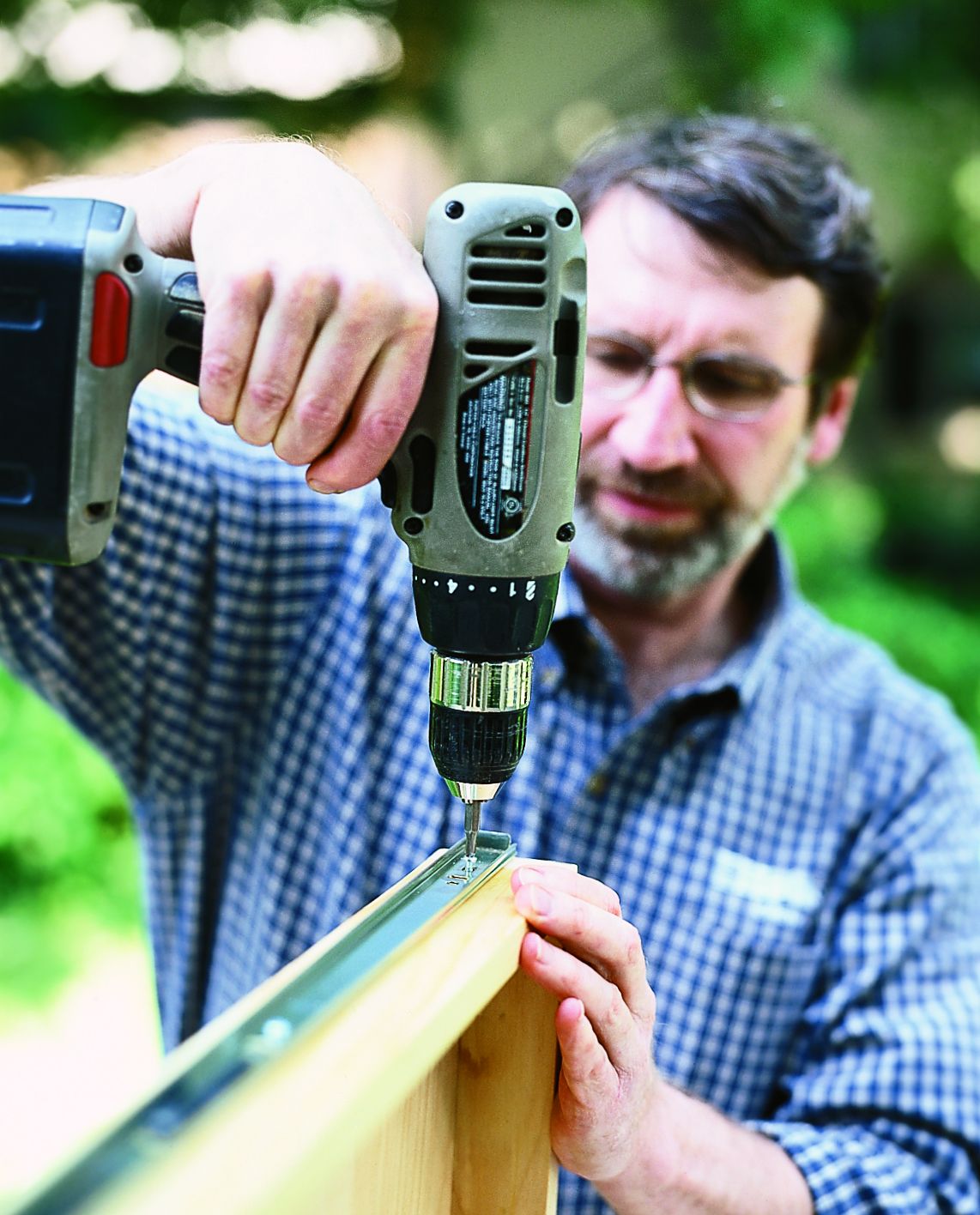
8. Install the Shelf
The final step is to install your newly constructed pull-out shelf. After installing the shelf, test it multiple times to make sure it slides in and out smoothly without any hitches. Adjust as needed.
- Remove the shims from beneath the cleats and drawer slides, and clean out the cabinet interior.
- Close the drawer slides completely.
- Hold the shelf just outside the cabinet, level with the drawer slides.
- Align the sliding-rail sections on the shelf with the drawer slides inside the cabinet.
- Carefully but firmly push the shelf all the way into the cabinet.
- Test the installation by pulling the shelf out fully, ensuring that the sliding rails have locked onto the drawer slides properly.
- If necessary, remove and reinstall the shelf to achieve proper alignment and smooth operation.
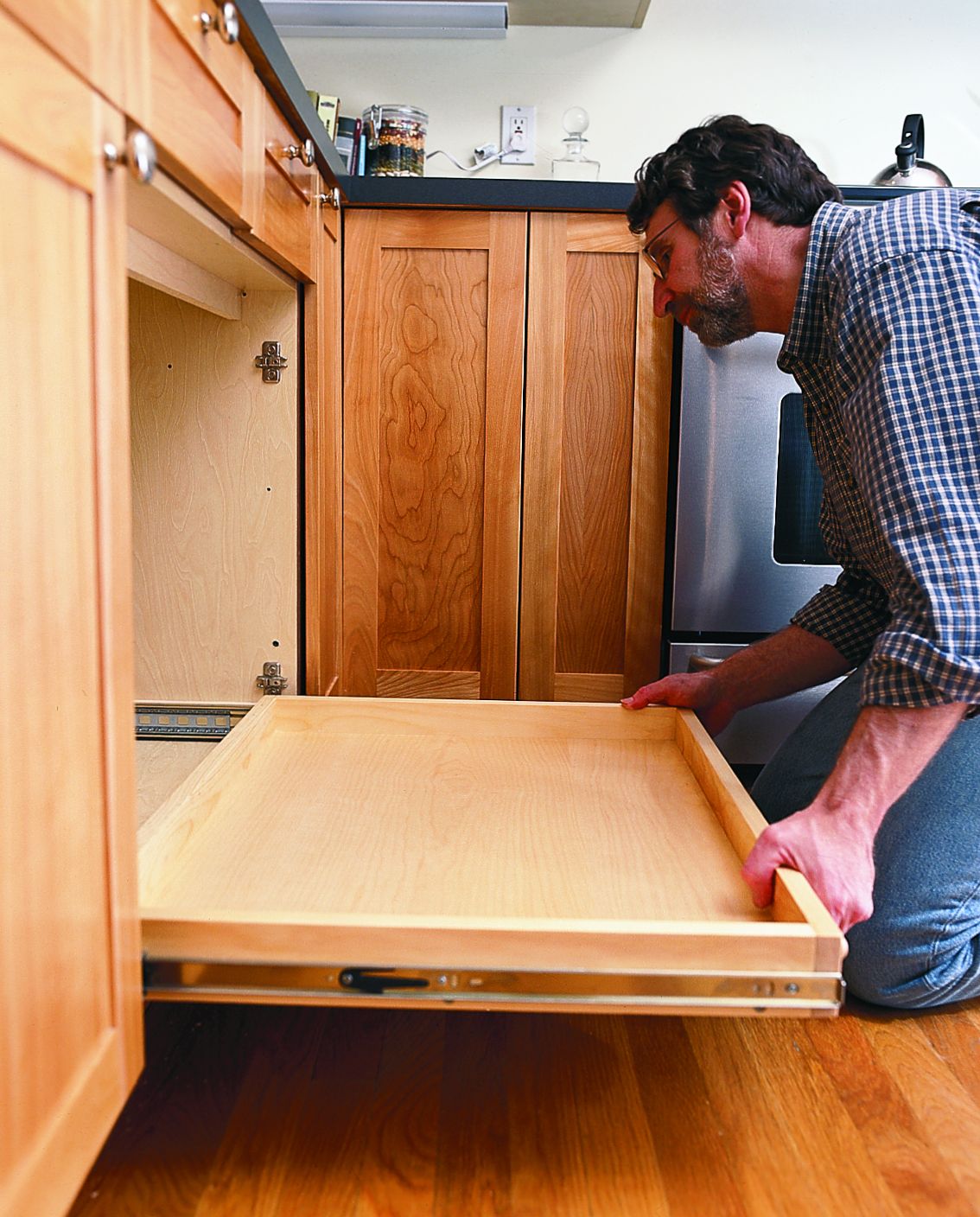
Our Conclusion
Installing a pull-out kitchen shelf is a DIY project many homeowners can tackle with basic woodworking skills and the right tools. While it requires some effort, the result is a durable, high-quality addition to your kitchen that will make accessing items easier and keep your space organized.
